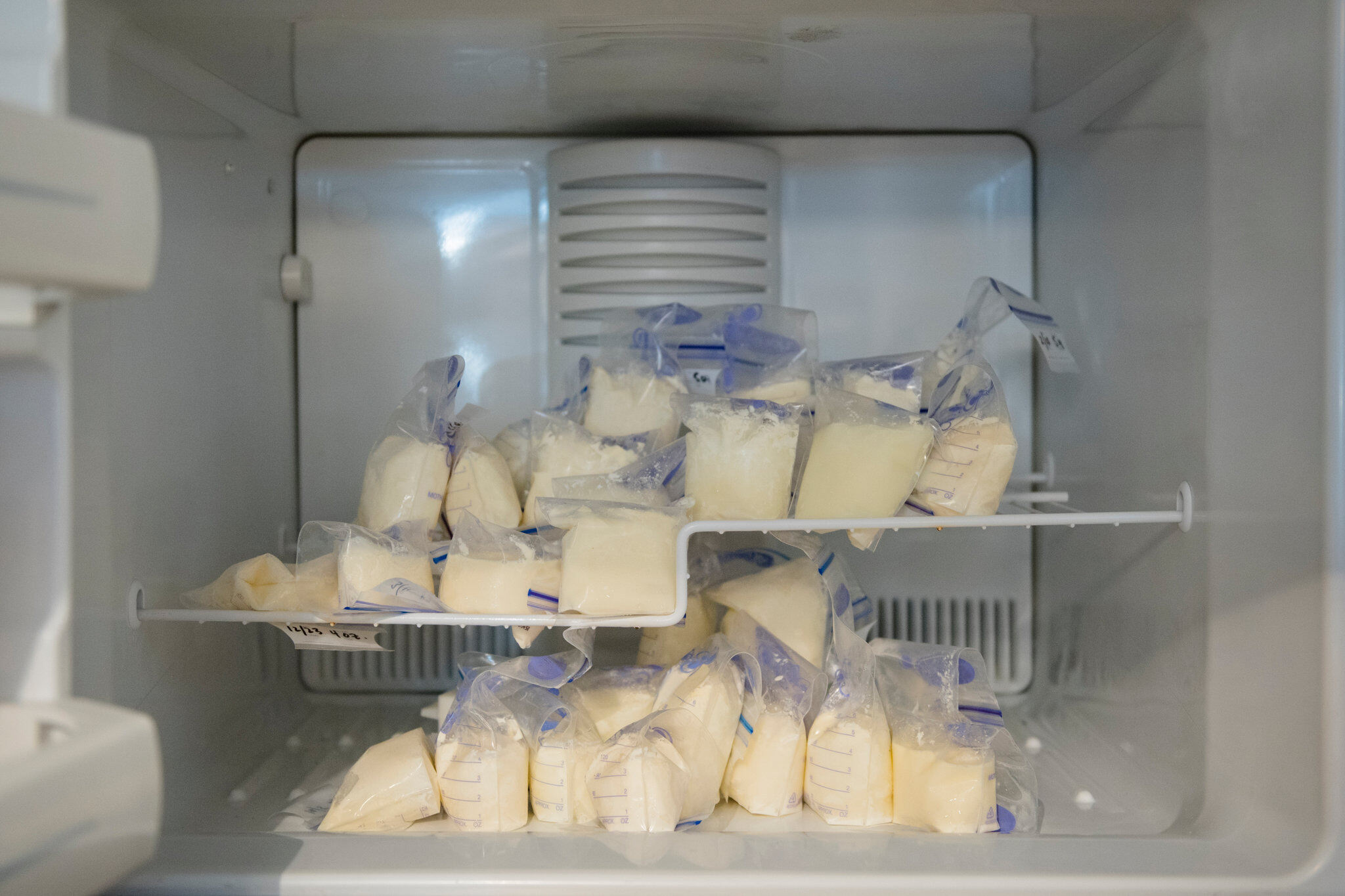

Articles
How To Store Breastmilk In Freezer
Modified: February 20, 2024
Looking for tips on how to properly store breastmilk in the freezer? Check out our informative articles for helpful advice and guidelines. Start preserving your breastmilk with confidence today!
(Many of the links in this article redirect to a specific reviewed product. Your purchase of these products through affiliate links helps to generate commission for Storables.com, at no extra cost. Learn more)
Introduction
Breastmilk is a precious resource for mothers, providing essential nutrients and antibodies that contribute to the healthy development of infants. However, there may be situations where breastfeeding directly is not possible, or it is necessary to store breastmilk for later use. Properly storing breastmilk in the freezer is crucial to maintaining its nutritional value and ensuring its safety for the baby.
Freezing breastmilk allows mothers to build up a supply, provide milk to their baby when they are away, or even donate it to milk banks for other infants in need. However, it is important to follow the correct procedures to ensure that the breastmilk remains fresh and safe for consumption.
In this article, we will guide you through the steps on how to store breastmilk in the freezer effectively. From preparation to proper storage and thawing, we will provide you with the necessary information and tips to ensure the quality and safety of the breastmilk.
So, let’s dive into the details of each step and learn how to store breastmilk in the freezer with confidence and peace of mind. By following these guidelines, you can ensure that your baby receives the benefits of breastmilk even when direct breastfeeding is not possible.
Key Takeaways:
- Proper preparation, storage container selection, and handling techniques are crucial for maintaining the quality and safety of frozen breastmilk. Following these steps ensures that your baby receives the full nutritional benefits of breastmilk even when direct breastfeeding is not possible.
- Adhering to safety guidelines, proper labeling, and storage practices is essential for preserving the freshness and nutritional value of stored breastmilk. By following these steps, you can confidently provide your baby with safe and beneficial breastmilk, supporting their healthy growth and development.
Read more: How To Store Breastmilk In Freezer Bags
Step 1: Preparation
Before you start storing breastmilk in the freezer, it’s important to prepare yourself and your equipment to ensure the process goes smoothly. Here are some key preparation steps to follow:
1. Wash your hands: Always start by washing your hands thoroughly with soap and water. This helps to prevent any potential contamination and maintain the cleanliness of the breastmilk.
2. Clean and sterilize storage containers: Ensure that the containers you plan to use for storing breastmilk are clean and sterilized. You can use hot, soapy water to wash them, or you can run them through a dishwasher cycle if they are dishwasher-safe. Rinse the containers well to remove any soap residue.
3. Gather necessary equipment: Make sure you have all the necessary equipment within reach. This may include breast pump parts, collection bottles, storage bags, labels, and a pen for labeling.
4. Create a designated space: Set up a designated area in your kitchen or refrigerator for handling and storing breastmilk. This space should be clean and away from any potential sources of contamination.
5. Educate yourself on safety guidelines: Familiarize yourself with the safety guidelines for storing breastmilk, including the recommended storage times, safe temperature ranges, and signs of spoilage. This knowledge will help you make informed decisions and avoid any potential risks.
By taking the time to prepare yourself and your equipment, you can ensure that the process of storing breastmilk in the freezer is efficient and hygienic. This will help to maintain the quality and safety of the breastmilk for your baby’s consumption.
Step 2: Choosing the Right Storage Container
Selecting the appropriate storage container for freezing breastmilk is crucial in maintaining its quality and preventing contamination. Here are some factors to consider when choosing the right storage container:
1. BPA-free materials: Opt for BPA-free containers to ensure that harmful chemicals do not leach into the breastmilk. Look for containers made of glass, polypropylene, or high-quality plastic that is labeled as BPA-free.
2. Sealable and leak-proof: Choose containers that have tight seals to prevent leaks and maintain the freshness of the breastmilk. Look for containers with secure lids or use breastmilk storage bags that have a reliable sealing mechanism.
3. Properly sized: Use containers that are of an appropriate size to store the desired amount of breastmilk. It is recommended to store breastmilk in small portions, such as 2-4 ounces, to minimize waste and ensure easy thawing.
4. Easy to stack and store: Opt for containers that are stackable to save space in your freezer. This will make it easier to organize and locate the breastmilk when needed.
5. Transparent and labeled: Choose containers that are transparent, allowing you to easily see the contents and check for any signs of spoilage. Additionally, make sure to label each container with the date of expression to keep track of the freshness of the breastmilk.
6. Breastmilk storage bags: If you prefer to use storage bags, make sure to choose bags specifically designed for storing breastmilk. Look for bags that are pre-sterilized, have accurate volume measurements, and are freezer-safe.
Remember to always use new or sterilized containers for each batch of breastmilk to maintain hygiene and minimize the risk of contamination. By selecting the right storage container, you can ensure the safety and quality of the breastmilk during freezing and thawing processes.
Step 3: Expressing and Collecting Breastmilk
When it comes to storing breastmilk in the freezer, it’s important to express and collect the milk properly to maintain its quality and safety. Here are some guidelines to follow:
1. Cleanliness: Before expressing breastmilk, wash your hands with soap and water. Ensure that the breast and nipple area is clean as well. This helps minimize the risk of introducing bacteria into the breastmilk.
2. Choose an appropriate time: It’s ideal to express breastmilk when your breasts feel full or when it’s close to your baby’s feeding time. This helps ensure an adequate milk supply and makes the process more comfortable for you.
3. Use a breast pump: If you’re using a breast pump, make sure it is clean and properly assembled. Follow the manufacturer’s instructions to ensure effective and hygienic pumping. If you prefer manual expression, use gentle hand movements and massage to stimulate milk flow.
4. Collect milk in sterile containers: Use the previously prepared, sterilized storage containers or breastmilk storage bags to collect the expressed milk. Make sure the containers are labeled with the date and time of expression before filling them.
5. Proper handling: Avoid touching the inside of the container or the rim with your fingers to maintain cleanliness. If using breastmilk storage bags, squeeze out any excess air before sealing tightly to prevent freezer burn.
6. Store promptly: Place the collected breastmilk in the refrigerator or freezer as soon as possible. If you need to store it in the refrigerator temporarily before freezing, ensure it is placed towards the back where the temperature is colder.
Remember to handle the breastmilk with care to minimize the introduction of bacteria and maintain its nutritional value. If you’re collecting multiple smaller portions, consider refrigerating them separately before combining them for efficient freezing. By following these guidelines, you can ensure the quality and safety of the collected breastmilk for your baby’s consumption.
Step 4: Labeling and Dating
Properly labeling and dating your stored breastmilk is essential for organization and ensuring the freshness and safety of the milk. Here are some important points to consider:
1. Labeling: Use a waterproof marker or pen to label each storage container or breastmilk storage bag with the date of expression. This will help you keep track of the freshness and rotation of the breastmilk.
2. First In, First Out (FIFO): Follow a “first in, first out” approach when using stored breastmilk. Place newly expressed milk behind previously expressed milk in the freezer to ensure that older milk is used first.
3. Include your baby’s name: If you are using a communal freezer, consider adding your baby’s name or initials to the label. This helps prevent any mix-ups or confusion with other stored breastmilk.
4. Additional labeling: If you have specific dietary restrictions or preferences, consider labeling the containers or bags with any relevant information. For example, if your baby has a dairy intolerance, label the milk as “Dairy-Free” for easy identification.
5. Use clear and readable labels: Make sure your labels are clear and easy to read. This will prevent any confusion or misinterpretation of the information, particularly if others are assisting with feeding or using your stored breastmilk.
6. Storage information: If using breastmilk storage bags, check if they have a space to mark the volume of milk stored. This can help you keep track of the amount of milk available for each feeding.
By properly labeling and dating your stored breastmilk, you can easily identify and use the oldest milk first, ensuring that none of your precious milk goes to waste. It also helps maintain organization and makes it easier for caregivers or family members to assist in feeding your baby.
When storing breastmilk in the freezer, use airtight containers or breastmilk storage bags to prevent freezer burn and maintain the quality of the milk. Label each container with the date to ensure proper rotation.
Step 5: Freezing Breastmilk
Freezing breastmilk is an effective way to preserve its freshness and nutritional value for later use. Here are some important steps to follow when freezing breastmilk:
1. Cool breastmilk: Before freezing, it’s important to cool the breastmilk in the refrigerator. This helps to lower the temperature gradually and ensures the milk stays fresh.
2. Portion sizes: Divide the breastmilk into small, manageable portions. It is recommended to store breastmilk in 2-4 ounce portions to minimize waste and allow for easy thawing for each feeding.
3. Fill containers properly: If using storage containers, fill them up to three-quarters full, leaving some space for expansion during freezing. This prevents the containers from cracking or breaking in the freezer.
4. Breastmilk storage bags: If using breastmilk storage bags, carefully pour the cooled breastmilk into the bag up to the recommended fill line. Press out any excess air and seal the bag securely.
5. Avoid overfilling: Whether using containers or bags, avoid overfilling to prevent leakage or spillage when freezing.
6. Label containers: Once filled, label each container or bag with the date of expression using a waterproof marker. This ensures that you are aware of the milk’s freshness and can use the oldest milk first.
7. Freeze immediately: Place the labeled containers or bags in the coldest part of your freezer immediately after filling. This helps to ensure that the breastmilk freezes quickly and maintains its quality.
8. Avoid freezer door: Store the breastmilk away from the freezer door to minimize temperature fluctuations when opening and closing the freezer.
By following these steps, you can effectively freeze breastmilk, ensuring its nutritional value and quality are preserved. Proper portioning and labeling also make it easier to thaw and use the stored breastmilk as needed.
Step 6: Proper Storage in the Freezer
Proper storage of frozen breastmilk is essential to maintain its quality and prevent any contamination. Follow these guidelines to ensure optimal storage in the freezer:
1. Store in the back: Place the containers or breastmilk storage bags in the back of the freezer, where the temperature is more stable. This helps to maintain a constant freezing temperature and reduces the risk of temperature fluctuations.
2. Keep away from odorous foods: Store breastmilk away from foods with strong odors, as breastmilk can absorb odors easily. This prevents any unwanted flavors from transferring to the milk.
3. Organization and rotation: Keep your frozen breastmilk organized by grouping them by date and using the “first in, first out” (FIFO) method. This ensures that the oldest milk is used first, preventing any spoilage.
4. Avoid frequent temperature changes: Limit the number of times you open the freezer to prevent temperature fluctuations. This helps to maintain a consistent freezing temperature and prolong the freshness of the breastmilk.
5. Do not refreeze thawed milk: Once you have thawed breastmilk, it should not be refrozen. Use thawed milk within 24 hours and discard any leftovers. Refreezing thawed breastmilk can lead to a decrease in quality and potential bacterial growth.
6. Place a tray or basket: Consider placing the containers or breastmilk storage bags in a tray or basket to keep them organized and prevent them from falling over. This also makes it easier to access the desired portion without disturbing the others.
7. Monitor freezer temperature: Regularly check and maintain the temperature of your freezer at or below 0°F (-18°C). This ensures that the breastmilk remains well-preserved and safe for consumption.
By following these storage practices, you can ensure that your frozen breastmilk remains of high quality and safe for your baby to consume. Proper storage helps to preserve the nutritional benefits of breastmilk and provides peace of mind knowing you have a safe supply for your little one.
Step 7: Thawing and Using Frozen Breastmilk
Thawing frozen breastmilk correctly is crucial to maintain its nutritional value and ensure its safety for your baby. Here are the steps to follow for thawing and using frozen breastmilk:
1. Choose the right method: There are a few different methods you can use to thaw frozen breastmilk. The preferred methods are:
a. Refrigerator thawing: Place the frozen breastmilk in the refrigerator and allow it to thaw slowly overnight or for approximately 12 hours. This is the safest method that helps retain the milk’s nutrients.
b. Warm water thawing: If you need breastmilk quickly, you can use warm water for thawing. Fill a bowl or basin with warm water and place the frozen breastmilk container in it, ensuring that the water level does not reach the top of the container. Swirl the container occasionally to help evenly distribute the warmth.
2. Avoid microwaving or boiling: Never use a microwave or boiling water to thaw breastmilk. These methods can create hot spots in the milk, destroy vital nutrients, and increase the risk of burns.
3. Gently swirl, don’t shake: Once the breastmilk is thawed, gently swirl the container to mix the layers of creamy and watery milk. Avoid shaking the container vigorously, as this can break down the milk structure and potentially reduce its nutritional quality.
4. Check for temperature: Before feeding, check the temperature of the thawed breastmilk by testing a few drops on the inside of your wrist or forearm. It should feel lukewarm or at body temperature.
5. Use within 24 hours: Once breastmilk is thawed, it is important to use it within 24 hours to ensure its quality and safety. Do not refreeze thawed breastmilk.
6. Feed baby directly or through a bottle: Thawed breastmilk can be fed directly to your baby or poured into a clean, sterilized bottle. Follow your baby’s feeding cues and preferences for the feeding method.
Remember to handle thawed breastmilk with the same hygiene practices as fresh milk. Discard any unused breastmilk within 1-2 hours after feeding to minimize the risk of bacterial contamination. By following these steps, you can safely thaw and use frozen breastmilk, providing your baby with the beneficial nutrients and antibodies it offers.
Step 8: Safety Guidelines and Tips
Ensuring the safety of stored breastmilk is a top priority. Follow these safety guidelines and tips when storing and using breastmilk:
1. Cleanliness: Always wash your hands thoroughly before handling breastmilk or any equipment used for expressing and storing. Clean all pump parts, containers, and bottles with hot, soapy water or use a dishwasher if they are dishwasher-safe.
2. Storage temperature: Store breastmilk in a freezer compartment that maintains a temperature of 0°F (-18°C) or below. Use a separate thermometer to monitor the freezer temperature regularly.
3. Storage duration: Follow the recommended storage guidelines for breastmilk. Freshly expressed breastmilk can be stored in the refrigerator for up to 4 days and in the freezer for up to 6 months. Label and date each container to keep track of the storage time.
4. Thawing precautions: Avoid refreezing thawed breastmilk. Once breastmilk has been thawed, use it within 24 hours and discard any leftovers. Never use a microwave or boiling water to thaw breastmilk, as it can destroy nutrients and create hot spots.
5. Inspect for spoilage: Before using thawed breastmilk, visually inspect it for any signs of spoilage. Check for changes in color, texture, or smell. If the milk appears clumpy or smells sour, discard it immediately.
6. Safe storage practices: Store breastmilk in small portions to minimize wastage. Use containers or breastmilk storage bags that are specifically designed for freezing and ensure they are properly sealed to prevent leaks or contamination.
7. Breastmilk separation: It is normal for breastmilk to separate into layers when stored. Gently swirl the container to mix the layers before using it. Do not vigorously shake the breastmilk, as it can alter its composition.
8. Room temperature storage: Breastmilk should not be stored at room temperature for more than 4 hours. If breastmilk is not going to be used within this time frame, it should be refrigerated or frozen promptly.
9. Transporting breastmilk: If you need to transport breastmilk, use an insulated cooler bag with ice packs to maintain a cold temperature. This helps to prevent spoilage and maintain the quality of the milk.
10. Seek professional advice: If you have any concerns or questions regarding the storage or use of breastmilk, consult with a lactation consultant or healthcare professional who can provide guidance specific to your situation.
By following these safety guidelines and implementing proper storage practices, you can ensure the freshness, quality, and safety of the breastmilk you store for your baby. Providing your baby with properly stored breastmilk helps to meet their nutritional needs and supports their healthy growth and development.
Read also: 15 Best Breastmilk Freezer Bags For 2024
Conclusion
Storing breastmilk in the freezer allows mothers to provide their babies with essential nutrition and antibodies even when direct breastfeeding is not possible. By following the proper steps outlined in this article, you can safely store and utilize frozen breastmilk while ensuring its freshness and nutritional value.
Preparation, including proper handwashing and sterilization of storage containers, sets the foundation for successful breastmilk storage. Choosing the right storage containers that are BPA-free, sealable, and stackable enhances the preservation of the milk.
Expressing and collecting breastmilk with cleanliness and care ensures that the milk remains uncontaminated. Proper labeling and dating of the stored breastmilk helps with organization and prevents waste, employing the “first in, first out” method.
When freezing breastmilk, dividing it into small portions and cooling it before placing it in the freezer promotes effective freezing and efficient thawing. Proper storage in the freezer, away from odorous foods and frequent temperature fluctuations, maintains the quality of the breastmilk.
Thawing frozen breastmilk through gentle methods like refrigerator thawing or warm water thawing preserves its nutrients and prevents overheating. Using thawed breastmilk within 24 hours and discarding any leftovers reduces the risk of contamination.
Following safety guidelines, such as practicing good hygiene, monitoring storage temperatures, and inspecting for spoilage, ensures that the stored breastmilk is safe for consumption by your baby.
In conclusion, by adhering to the steps and guidelines provided in this article, you can confidently store breastmilk in the freezer, knowing that you are maintaining its quality, safety, and nutritional value. Remember to consult with a lactation consultant or healthcare professional for personalized advice and guidance. Your efforts in properly storing breastmilk allow you to provide the best nutrition for your baby and nurture their healthy development.
Frequently Asked Questions about How To Store Breastmilk In Freezer
Was this page helpful?
At Storables.com, we guarantee accurate and reliable information. Our content, validated by Expert Board Contributors, is crafted following stringent Editorial Policies. We're committed to providing you with well-researched, expert-backed insights for all your informational needs.
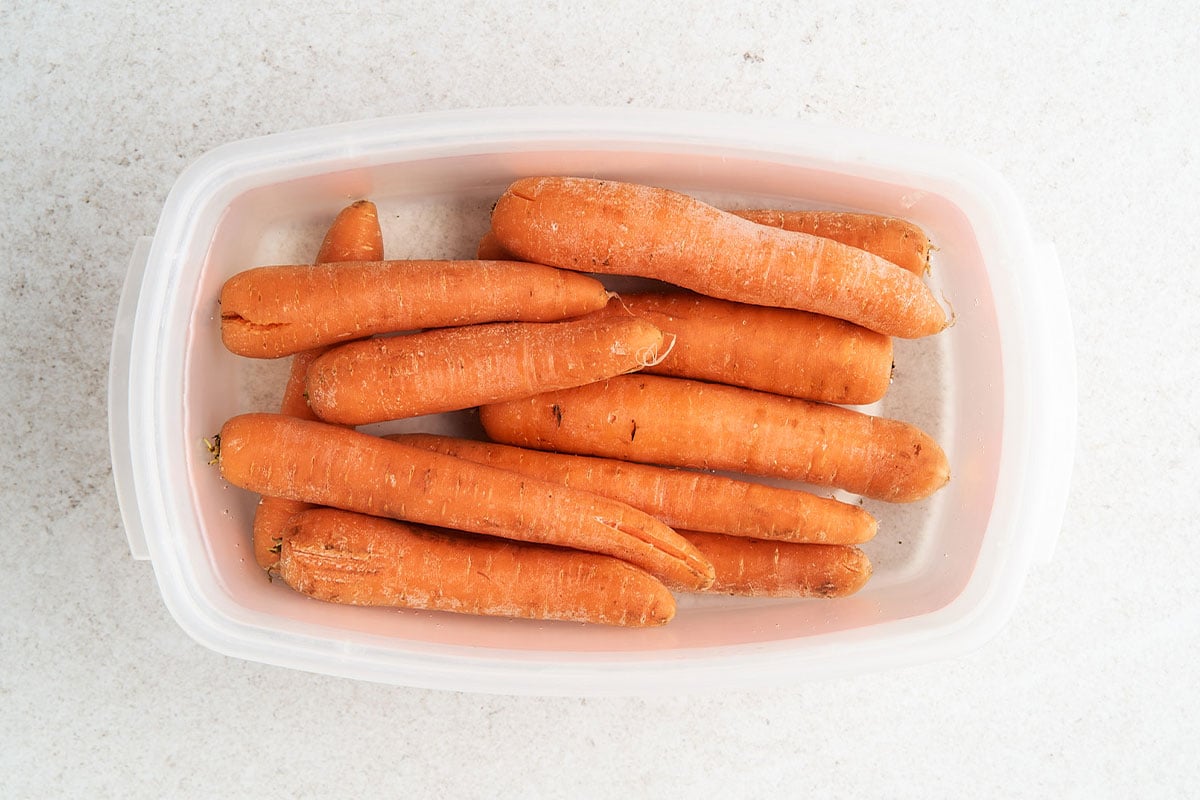
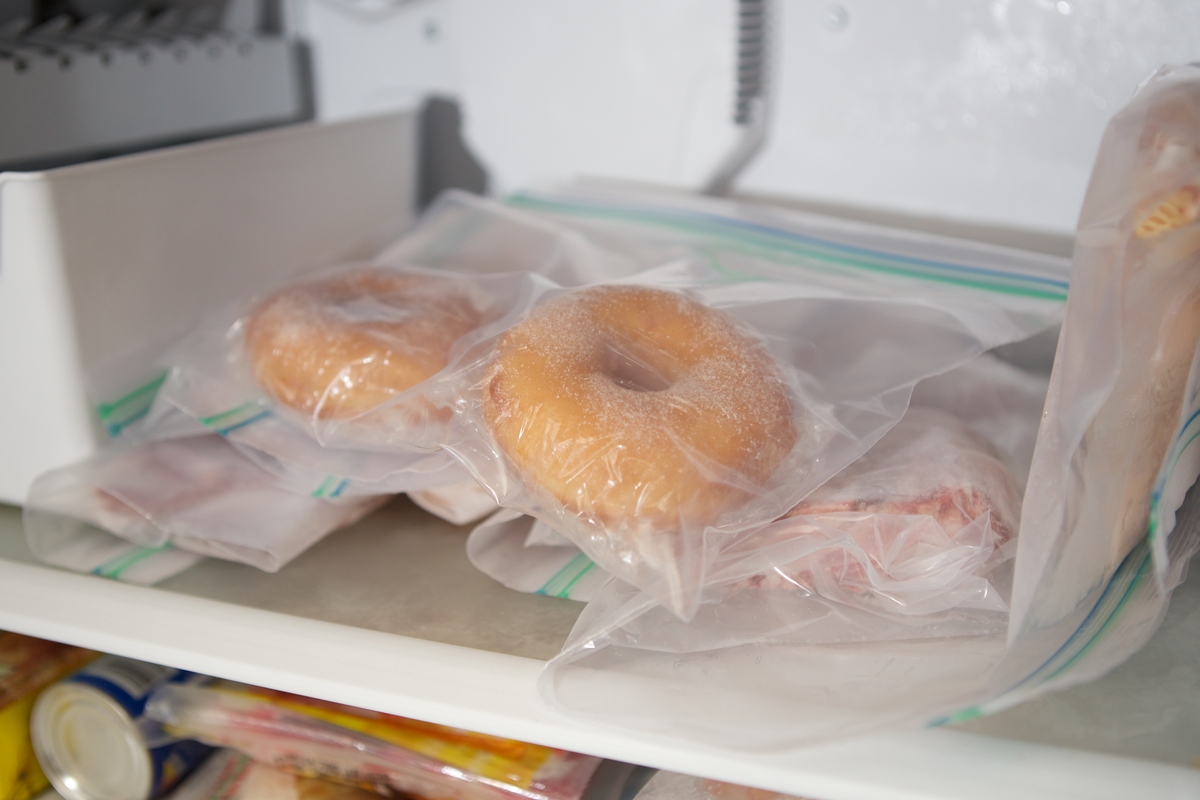
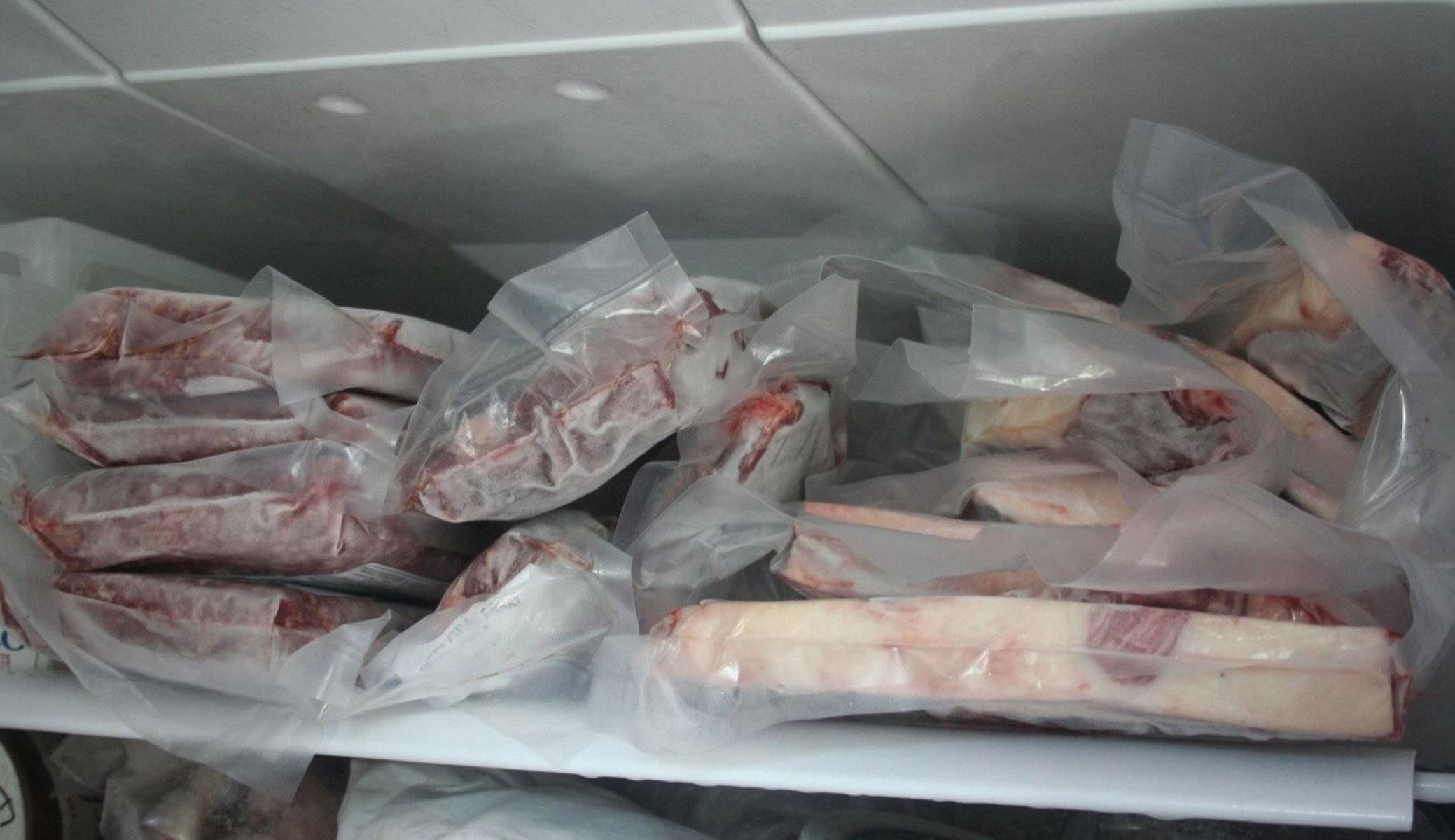
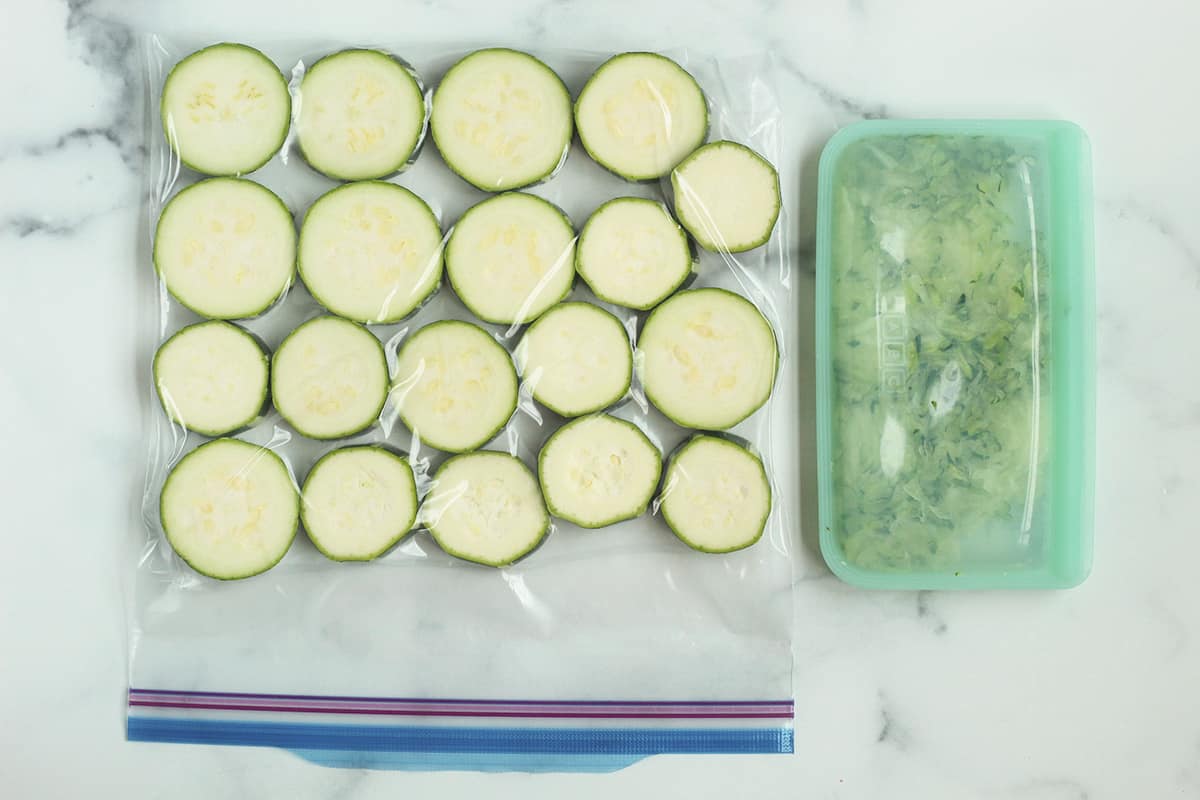
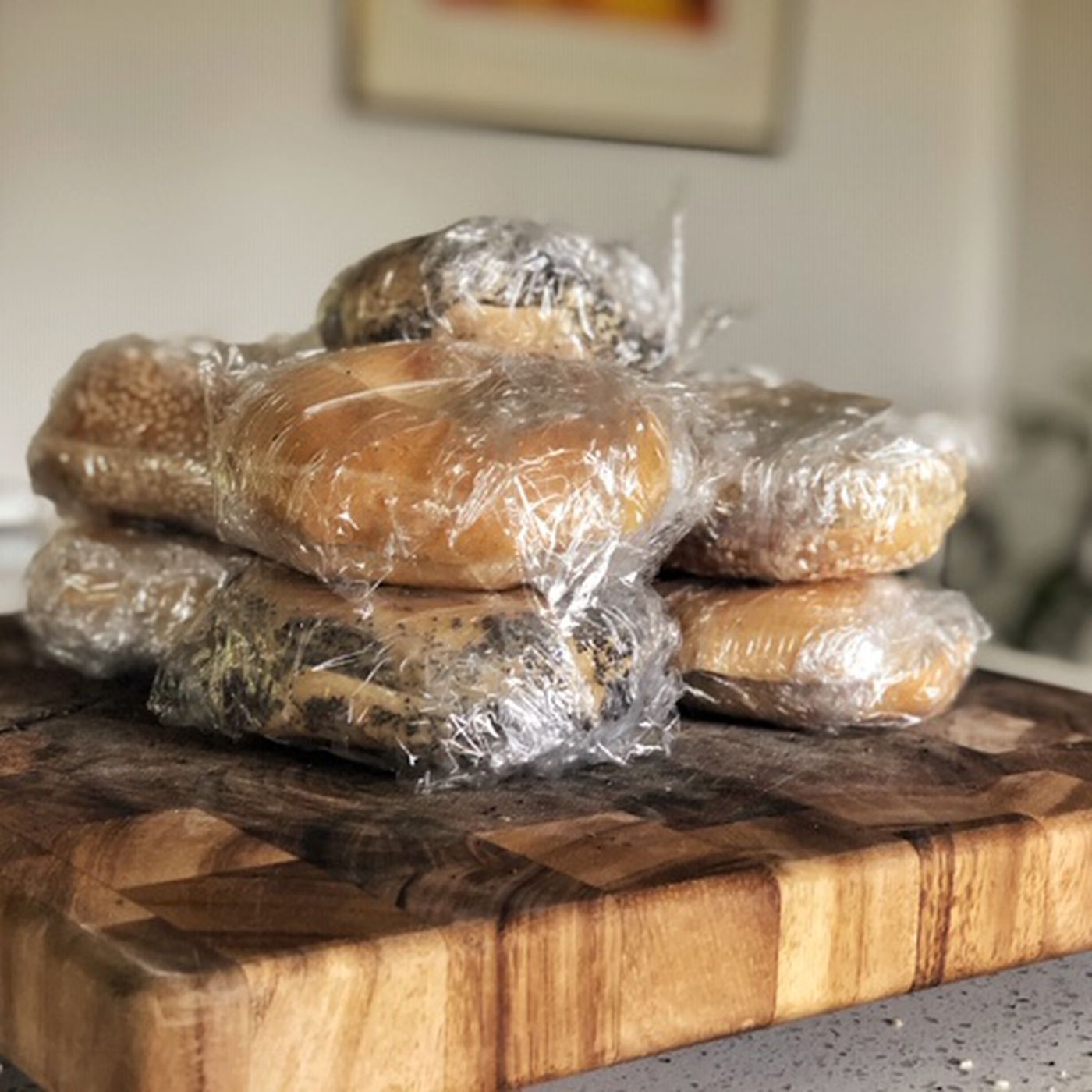
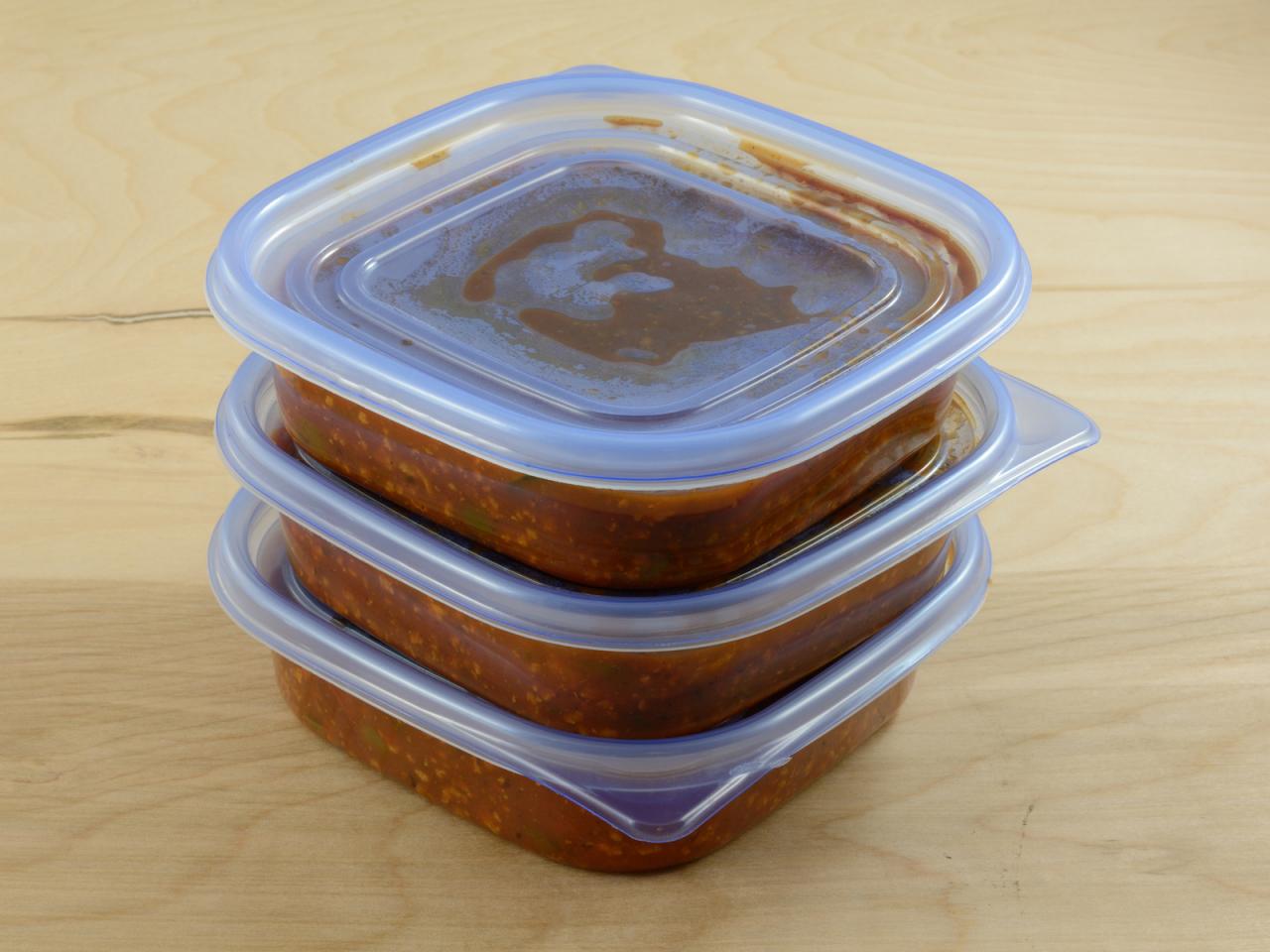
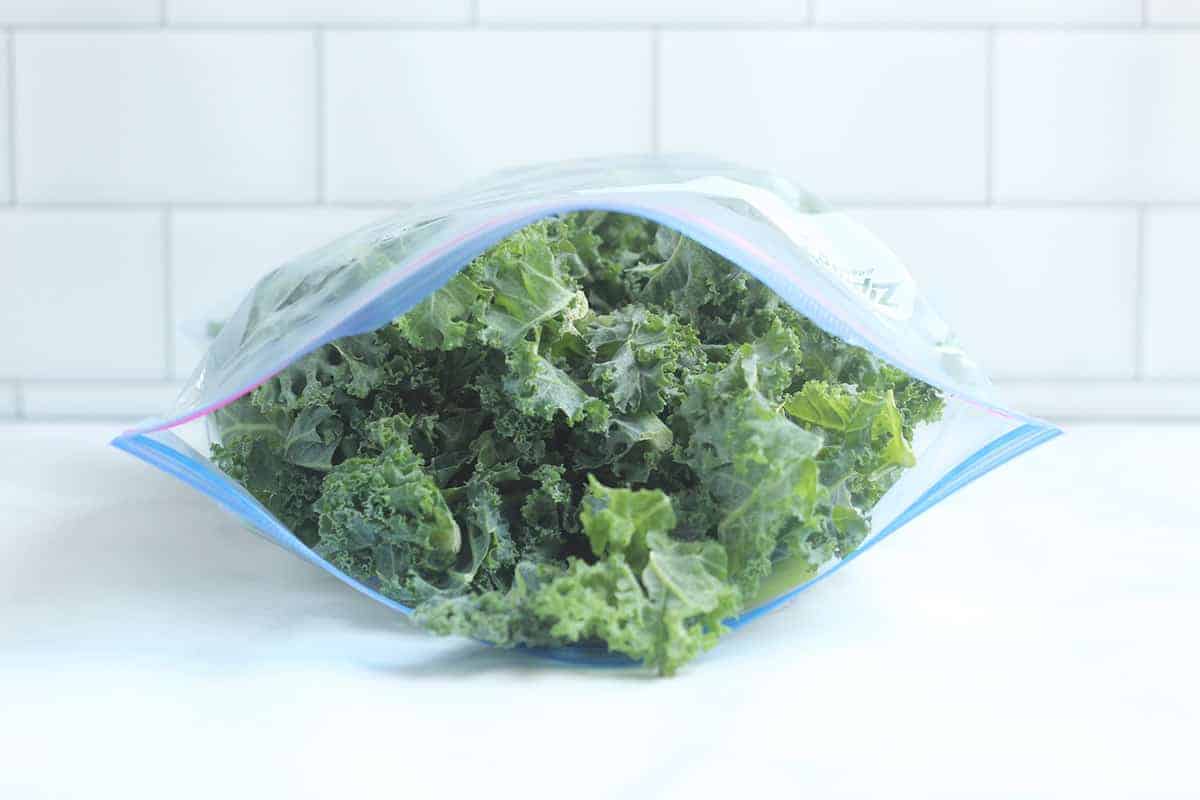
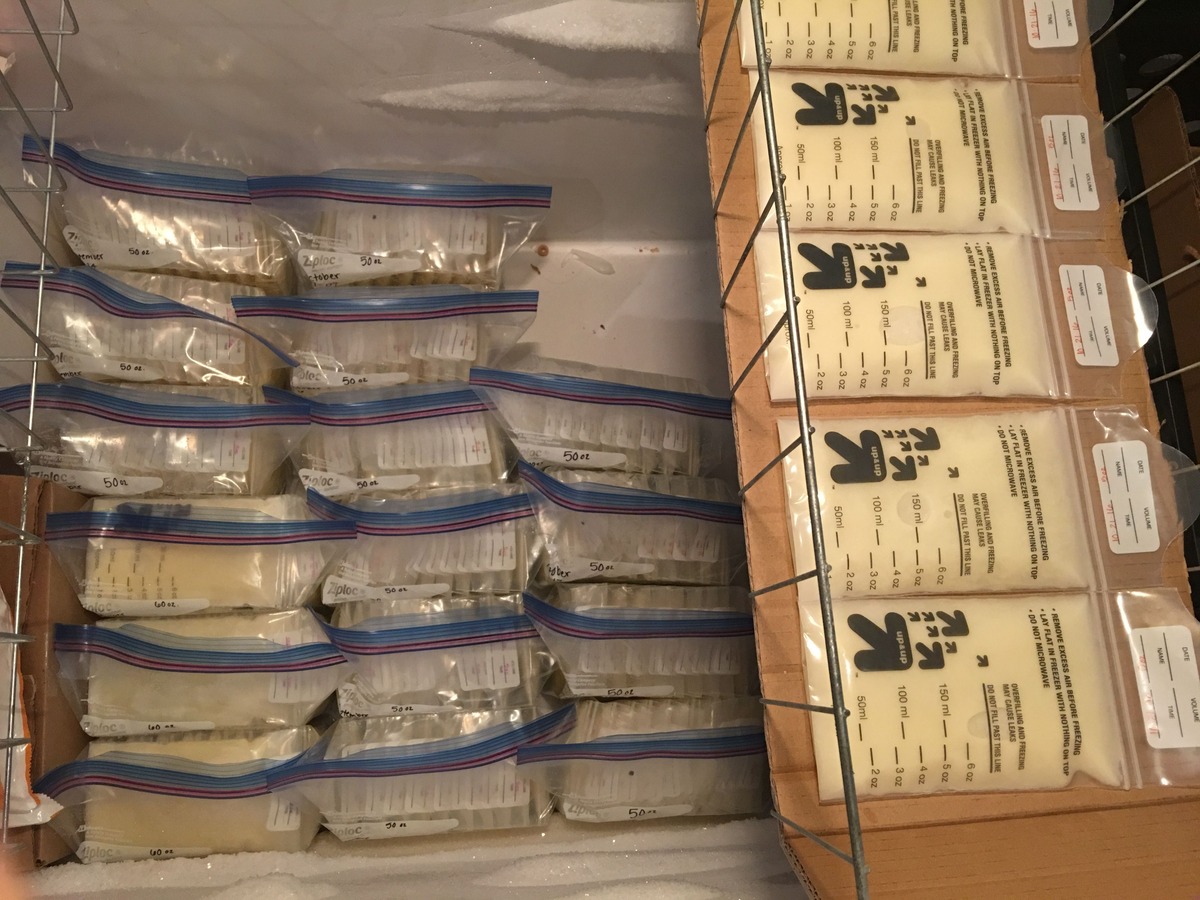

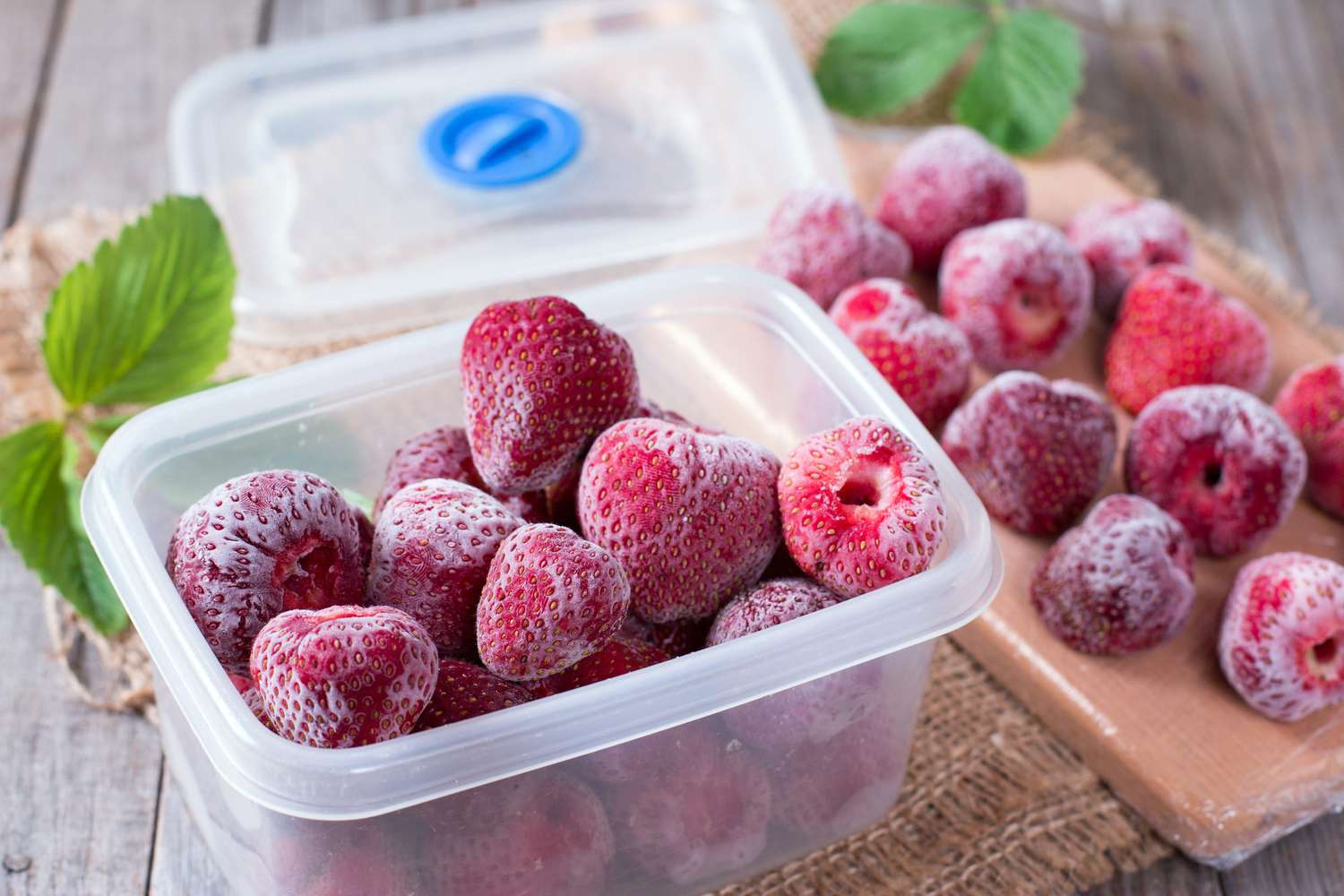
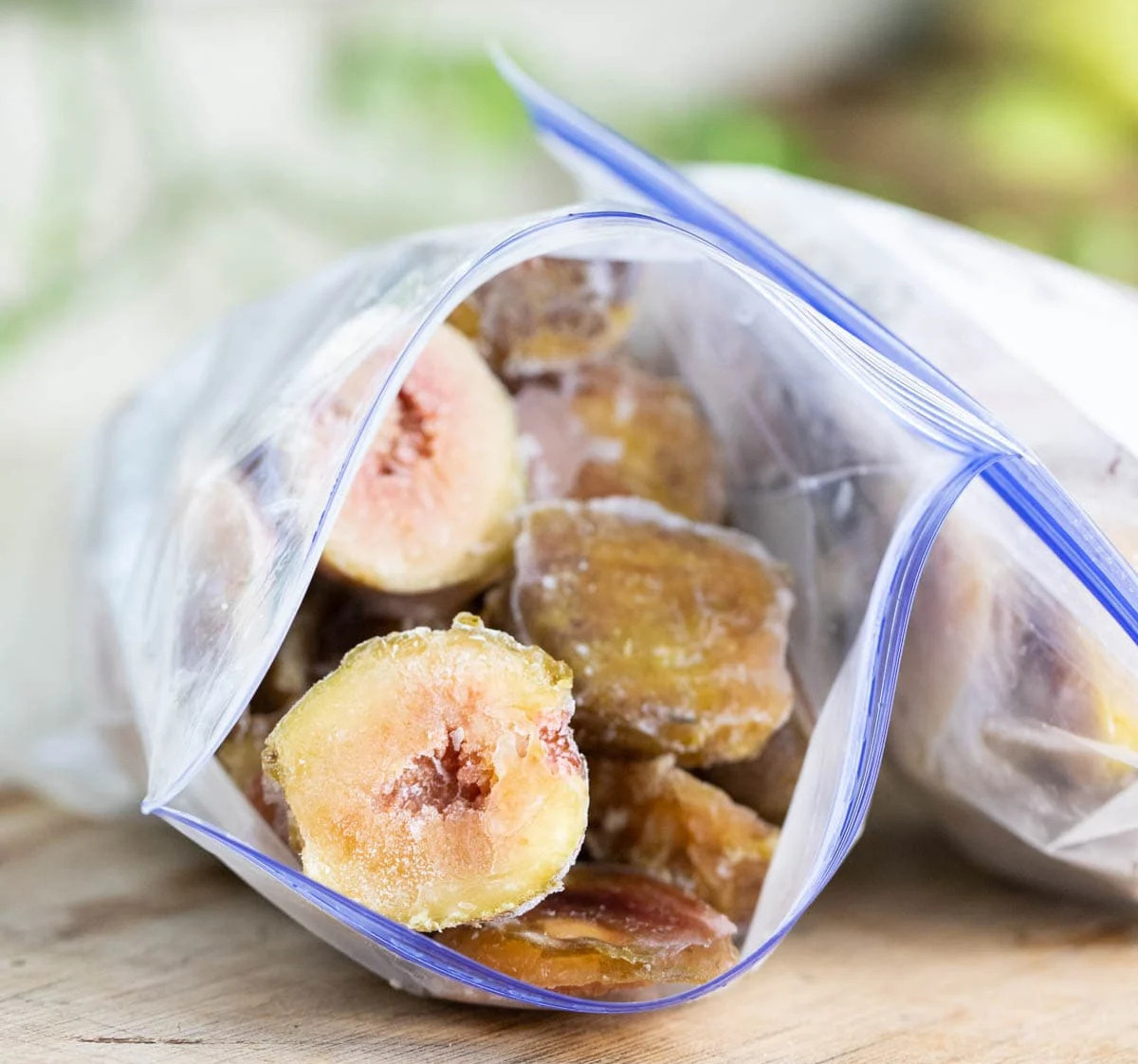
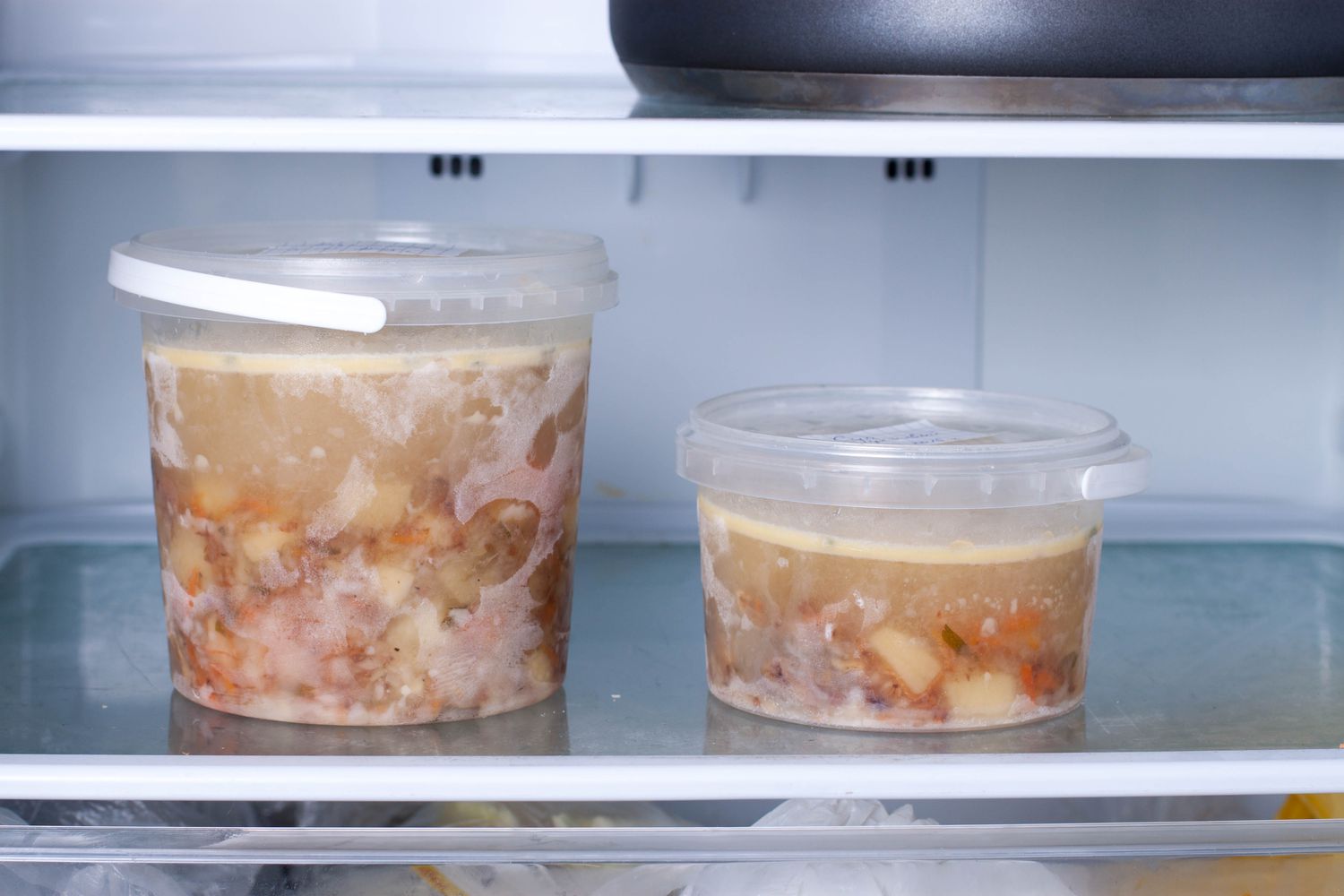
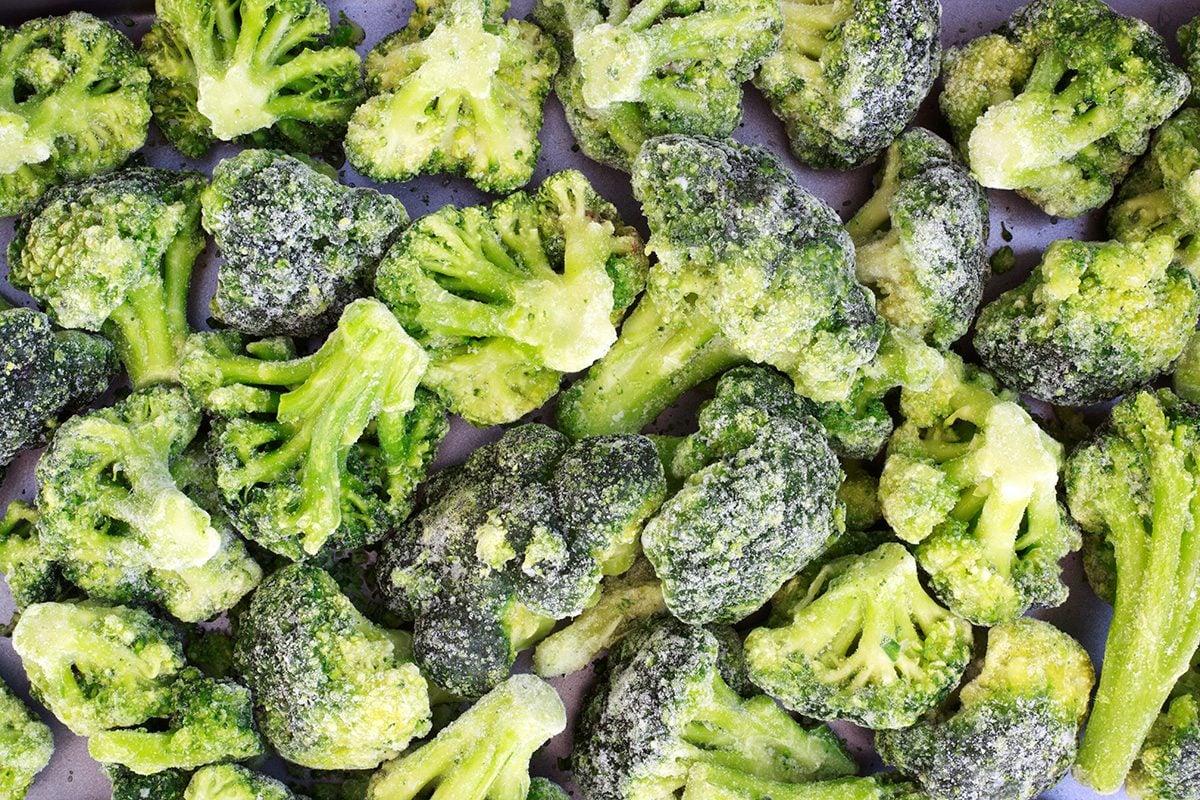

0 thoughts on “How To Store Breastmilk In Freezer”